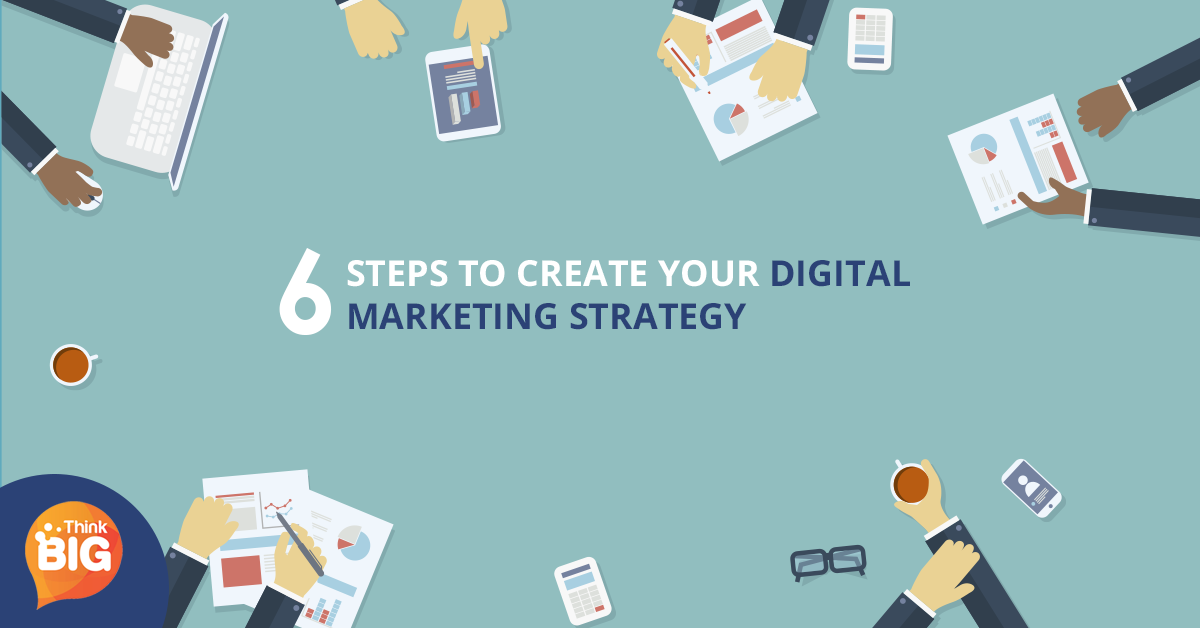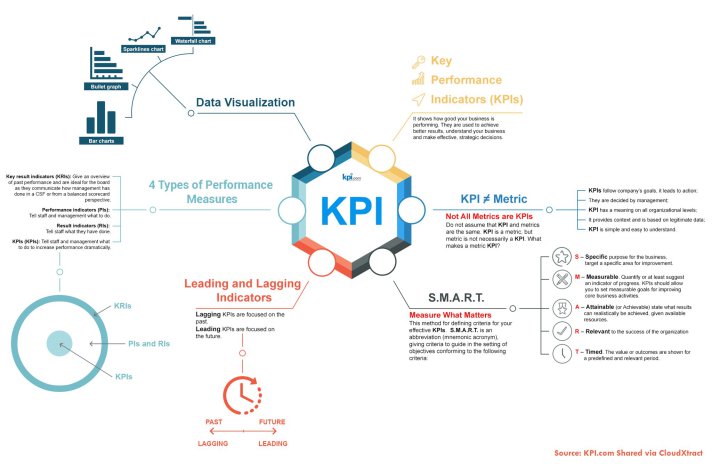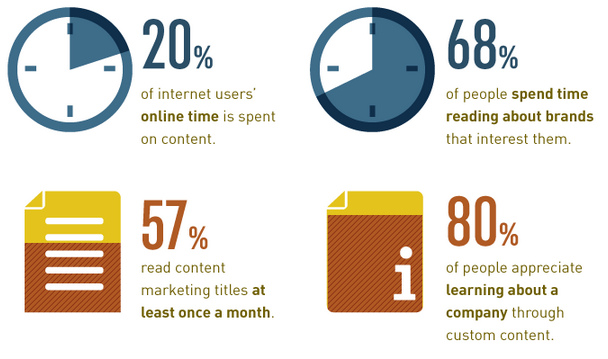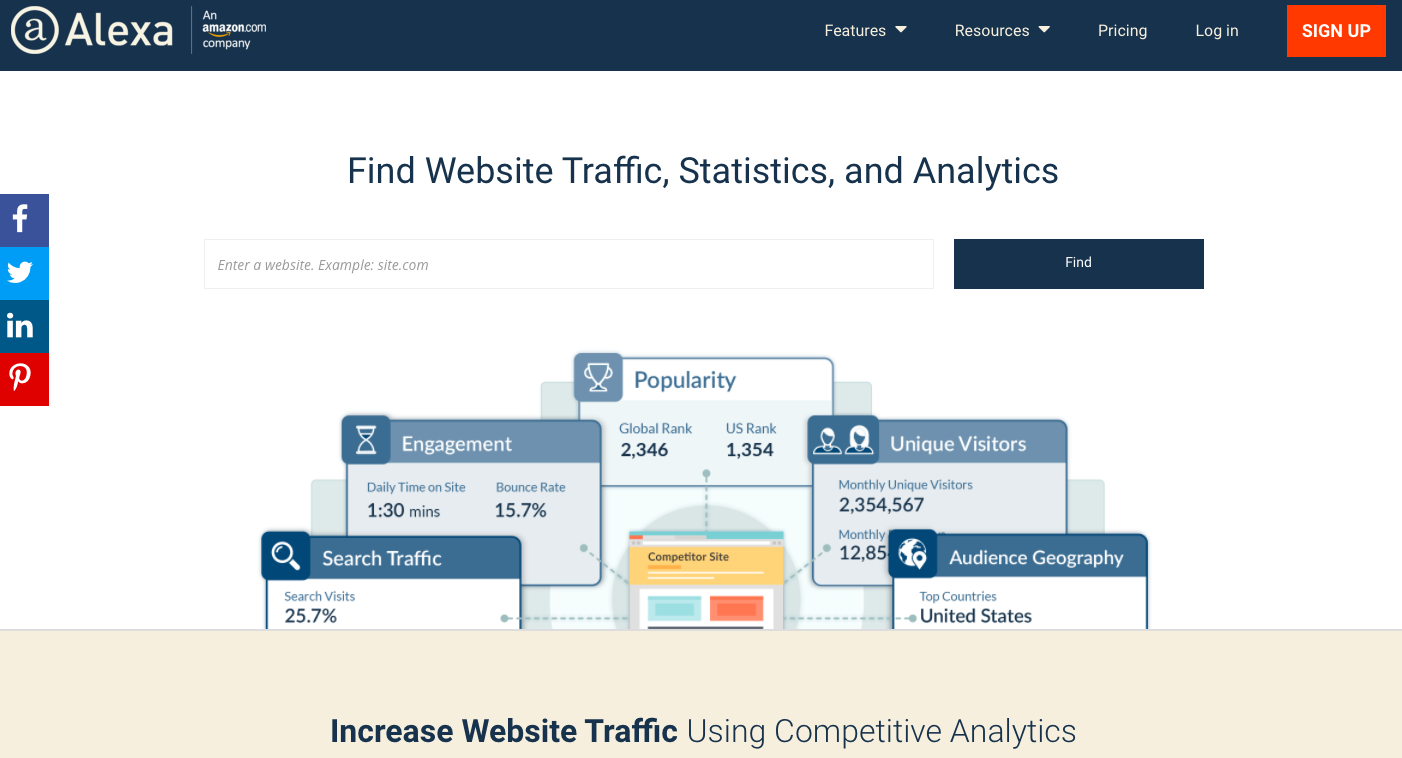
Are you trying to create a for your company? We’ve composed a list of 6 digital marketing strategies that will help your businesses grow.

1. Define the Objectives
Do you know exactly what you want to achieve with your digital marketing strategy? That’s a good place to start – by defining your objectives.
In general, marketing objectives can include the following:
– Building brand awareness
– Increasing sales
– Launching new products/services
– Enhancing relationships with customers
– Targeting new customers
– Increasing profit
Marketing objectives should follow the SMART principles in order to be effective. This means they need to be specific, measurable, achievable, realistic, and time-bound.
Here is a simple marketing objective example “increase traffic by 10% within the next three months”. Defining the objectives will help you set right direction as to how these objectives can be achieved to meet your goals.
Once you’ve set the objectives, you should be able to measure its effectiveness. In other words, you’ll need to measure the KPIs (Key Performance Indicators).

Image credit: huguesrey.wordpress.com
KPIs will help you understand how your plan is performing. They will tell you whether you’re on the right track and if you need to adjust your digital marketing strategies in the future.
Bear in mind that there’s a great number of KPIs. How to select the right KPIs for your objectives? This largely depends on your industry, as well as your specific marketing objectives.
For your KPIs to be effective, keep them simple. Team members should know what the KPI is measuring and how to measure it without being overwhelmed by data.
Don’t set your expectations too high; analyze your past digital marketing strategies to help you define the specific figures you want to achieve.
Finally, decide on how you’re going to measure your KPIs. You can use Google’s Benchmarking Reports. This tool will allow you to detect your progress and compare it to your competitors’. You might get ideas to analyze aspects you haven’t thought of before.
Other ways to measure your KPIs is by using a special KPI software, rely on social media metrics to measure engagement, or choose Google Analytics to keep track of conversions.
2. Get to know your audience
Ask yourself this question: Who are you marketing to? In order to answer this question, you need to create buyer personas.
It’s not wise to plan a digital marketing strategy and invest plenty of money without being aware who your customers are. Knowing your buyers will help you target your ads more precisely and create content that is tailored to your ideal customers’ needs.

Image credit: 99Designs
Buyer (customer) personas are your ideal customers. To create them, you need to do plenty of research and interview customers, as well as people that align with your audience but are currently not in your database. In other words, even though buyer personas are fictional, they are based on genuine data, rather than assumptions.
Note: At the beginning, many of your buyer personas will be based on your own feelings and thoughts. However, as your marketing strategy evolves, you’ll get to know your customers better. This will enable you to redefine your personas in order to target your potential customers more effectively.
So, what type of data should you collect about your buyer personas? This is largely dependent on on your niche, as well as your product, but there are a few general guidelines to follow. Buyer personals usually reflect demographic information such as age and location, but they also include psychographic information such as interests, concerns, and reasons for buying.
Here is a list of more detailed elements you’ll need to define for each buyer persona (yes, you need more than one):
– Location
– Age
– Gender
– Education
– Interests
– Job Title
– Income
– Language(s)
– Relationship status
– Favorite websites
– Buying motivation
– Buying concerns
When creating your target personas, you don’t need to obtain all this information. Start broadly and add more details later on. Bottom line is, the more details you have, the better you will understand your customers.
Some of the tools you can use to help you in the process are:
– Google Analytics Audience Reports
Besides these tools, you should also make efforts to speak with your current customers, in person or by phone. Another great strategy is to ‘spy’ on your competition by looking at their paid and organic traffic, the keywords they’re targeting, visiting their sites, social media pages, and blogs.
3. Know what makes your product unique
A thorough knowledge of the product will set the basis for a successful digital marketing strategy.
Why would someone choose to buy your product? What makes it unique and different from that of your competition? To answer these questions, you’ll need to collect data from different sources.
Note: The most important thing in this step is to distance yourself from the decision process. Although the product might be your own creation and you feel tempted to use your own ideas in this area, you need to be aware that it’s not about you. It’s about how other people regard the product.
Start with your own company. The employees know the business best and they can be valuable sources of information. Talk to people from each department about the product.
For instance, members of the sales department are often closest to the target market. They communicate with the audience on a daily basis and can give you opinions on which approaches work best for selling the product.
The next step is to consider your customers. When launching a product, we’re motivated by the desire to fill a gap in the market and improve people’s lives in some way. Your product will be used by real-life people and that’s what you should have in mind from the very beginning.
Think about your ideal customers even at the earliest stages of your product development process, such as branding and designing. Ask yourself:
– What do your customers need?
– Does your product have the necessary features to satisfy their needs?
– Where and how will they use the product?
Once you answer these questions, you’ll know if your product is designed efficiently for the intended use.
But in order to be sure your product continues satisfying your customers’ needs, you’ll need to stay in touch with your customers at all times by keeping track of their testimonials, reviews, and complaints.
4. Set the means and budget
Before you start realizing your digital marketing strategy, define all the resources you have. And by resources, we mean channels, people, and of course, money.
This will enable you to plan your strategy more specifically; for instance, you’ll be able to determine whether your budget allows you to hire extra people or if you’re going to outsource certain aspects of the work.
Setting the budget
– Define your overall marketing budget
– Analyze past experiences to see if there are any low-cost channels you can re-use
– Decide whether you can use paid ads on social media or AdWords
– Distribute portions of the budget for each digital channel you plan to use
Forming the team
– Determine if you need more people and check if you have the budget for new hires
– Set up timelines and distribute responsibilities across relevant teams making sure no one is overwhelmed with too much work.
– Decide whether will be outsourcing certain sections marketing strategy to an agency
Defining the channels
– Choose the digital channels where your target audience is present
– Go through the digital marketing channels you’re currently using. Eliminate those that have proven to be ineffective and decide if you can and want to invest in new ones
– Determine what you want to achieve with the use of each channel
– Attach suitable KPIs to each channel in order to be able to measure the results
5. Create relevant content
In order to grasp the importance of content, look at these statistics:
“Content marketing generates three times as many leads as outbound marketing and costs 62% less.”
“75% of B2B buyers rely more on content to research and make purchasing decisions than they did a year ago.”

Image credit: LYFE marketing
The whole Internet is made of content – blogs, images, videos, posts on social media, emails… Hence, having a content plan is a vital part of your marketing strategy.
However, for your content to be effective, it needs to be relevant. What does ‘relevant content’ mean? Here is a list that will ensure the content you create is relevant:
– Relevant content is created by taking into account your audience’s needs. The content you should be useful but also interesting in order to trigger specific actions in the readers.
– To be sure you’re keeping up with your audience’s needs, do some research. See what people are talking about, what they share on social media, and what’s hot on Google Trends.

– The content should be original and unique. In order to create content that stands out, start by checking out what your competition does and apply that knowledge to your own content, ‘spiced up’ with great visuals and fresh, personal perspectives.
– Serve the content in the right format. Ask yourself what would be the best way to get the message to your audience. Should you write an article or make a video? This, again, depends on your audience, as well as the ideas you want to present.
– See which digital channels your audience is using and then customize your content for those channels. Besides the audience, consider also the content’s format. Think if the piece of content you have is best fitted for an email campaign or as a social media post.
– Finally, the best and simplest way to determine if your content fits your audience’s needs is to ask the audience itself. Use blog comment sections, surveys, social media, and forums, to get the necessary feedback.
Check the efectiveness of your content at regular intervals. For this purpose, you can use metrics such as downloads, page views, shares, social mentions, and comments.
6. Launch and measure
Even though launching an already planned marketing campaign may seem easy, it can sometimes take days to do it. Be realistic about how much time you need to set aside for the launch.
Things rarely go as planned and you will most likely encounter a few unexpected issues. That’s why you need to make sure that everything is functioning properly.
Once you’re certain that all systems are good to go, you can start measuring the results of your marketing strategy.
Ensure you have all the necessary tools and metrics to track the results of your campaign in real time. It is very important to be able to measure your marketing strategy performance before you go live. And since all platform has their own analytics, obtaining the information you need should be very easy.
Here are some measuring tools you could use:
Google Analytics for website traffic
Quanticast for user demographics
Search results
Page rank


One of the most effective ways to get relevant feedback is to talk to your customers. If they’re new customers, find out how they’ve found you. Using surveys is another great way to monitor the traffic.
By measuring the performance, you’ll be able to figure out whether you’ve achieved the goals set in no. 1. If this is not the case, consider optimizing and adjusting the aspects of your digital strategy that was not as successful as you expected. In the long term, this will help you make your digital marketing efforts much more effective.
Note: It is wise to form a small team that will be committed to constantly monitoring and evaluating the results, as well as adapting the marketing plan.
Conclusion
Even the best digital marketing strategies can fall short if there’s no detailed implementation plan.
The focus of your marketing strategy should be on the customer. By discovering who your buyers are, you’ll be able to offer the best product and present it in the best way through tailor-made content.
Finally, even if you are convinced that you’ve created the most brilliant strategy, you should always have a way to measure and optimize performance results.
Do you have any tips to share when it comes to creating an effective digital marketing strategy?

